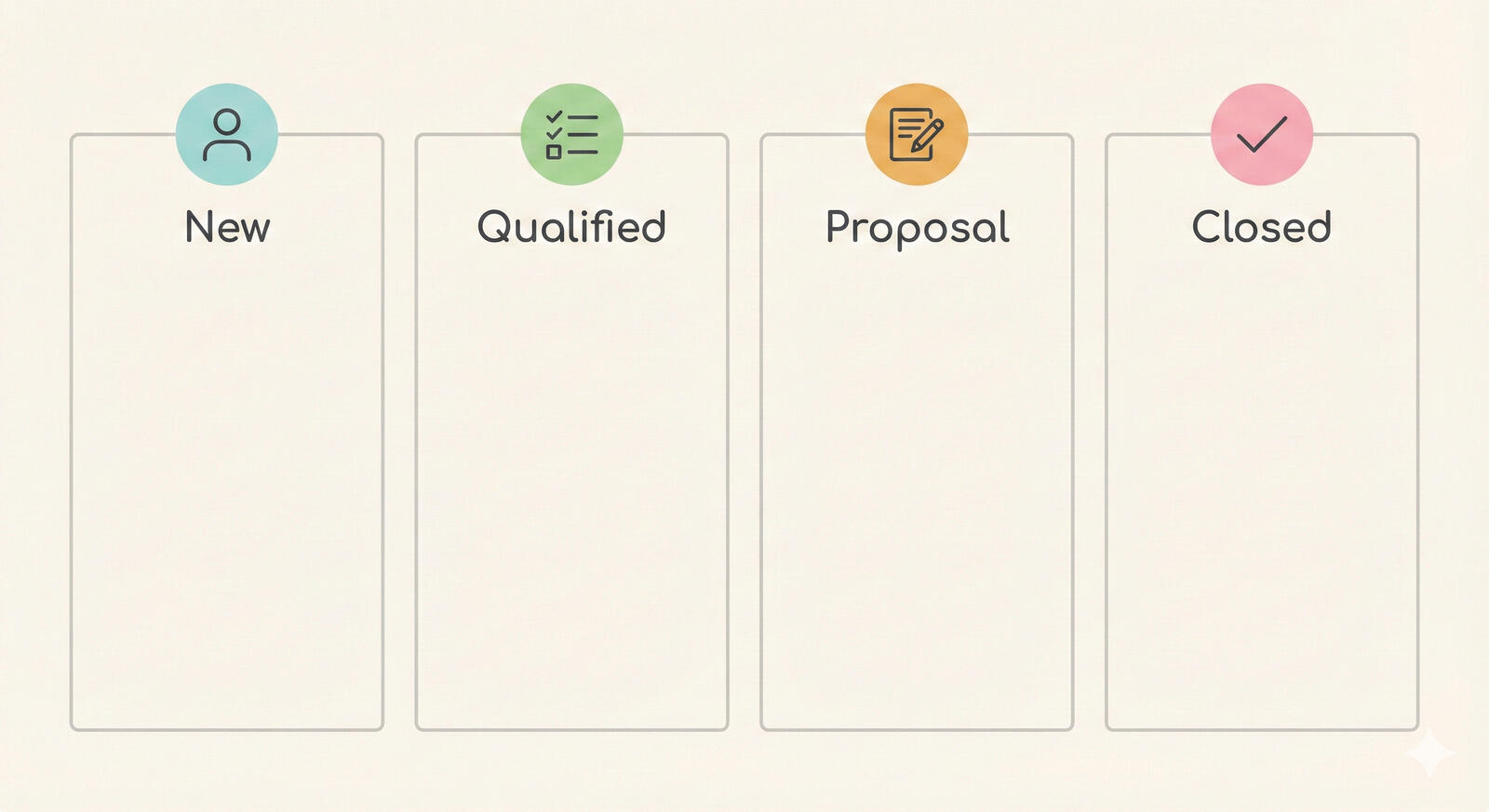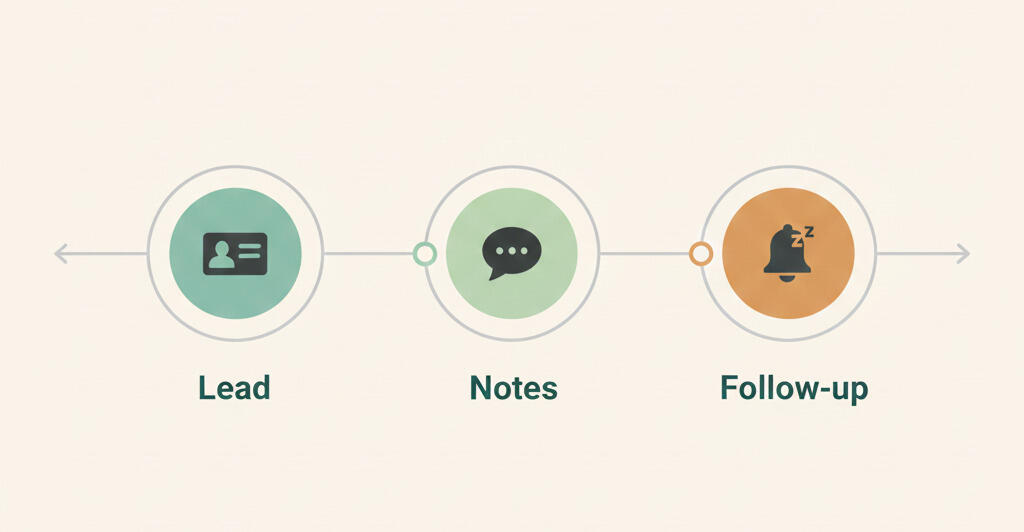Gantt charts: outdated relic or essential project management tool?
Contents
- Are Gantt charts still relevant in today's workflows?
- Agile and Kanban don't replace planning - they change it
- So why would you use a Gantt chart if you already have a Kanban board?
- Why Gantt charts still matter - even in Agile teams
- What Kanban boards don't show (but Gantt charts do)
- How different teams benefit from Gantt charts
- How Breeze bridges Agile with planning: Gantt charts made simple
- Scaling your process without adding complexity
- Common mistakes to avoid when using Gantt charts
- So... legacy relic or modern must-have?
Gantt charts have been around for over a century, but many teams today work with Agile or Kanban systems that emphasize speed and flexibility. So how do these classic planning tools fit into modern project management? Let's explore how Gantt charts still play a vital role in today's workflows and why they're more relevant than ever.
1. Are Gantt charts still relevant in today's workflows?
It's been more than a century since Henry Gantt introduced his now-famous chart to help manage industrial projects. A lot has changed since then. Today we have Agile, Kanban, Scrum, Lean, and a dozen other frameworks. So where do Gantt charts fit in modern workflows? Are they outdated, or do they still serve a useful purpose?

To understand where Gantt charts fit today, it helps to take a step back and look at the evolution of project planning. Before Gantt charts, project planning was a largely informal process, relying on notes, lists, and manual coordination. There was no standardized way to visualize timelines or dependencies, which often led to miscommunication and delays. The introduction of the Gantt chart in the early 20th century revolutionized project management by providing a clear, visual timeline of tasks, their durations, and dependencies.
Historically, projects without proper planning tools have faced significant failures. For example, the Denver International Airport's automated baggage system in the 1990s is a classic case of poor project planning and coordination. Despite cutting-edge technology, the project was delayed by nearly two years and cost hundreds of millions of dollars over budget. One of the major reasons was the lack of a comprehensive planning tool that could effectively manage dependencies and timelines across multiple teams and contractors.
Most of those massive infrastructure projects were done before anyone even heard of a Gantt chart. But while it's true that complex work has always been possible, the Gantt chart brought structure, predictability, and communication to the planning process in a way that nothing else had.
2. Agile and Kanban don't replace planning - they change it
Modern teams, especially in software and creative industries, often work in Agile or Kanban systems. These are lightweight, fast-moving, and flexible. They encourage continuous delivery, small iterations, and adaptability. But that doesn't mean there's no place for traditional planning tools like Gantt charts.
Here's where the confusion often comes in: people think of Agile and Gantt charts as opposites. But they're not. They serve different goals.

Agile helps teams execute work. Gantt charts help teams plan and communicate that work, especially when timelines, dependencies, or stakeholders are involved.
To illustrate, consider the construction industry. A construction project might use a Gantt chart to map out the entire build schedule, including foundation work, framing, electrical, and finishing. Meanwhile, the on-site teams might use Kanban boards to track daily tasks and immediate progress. Similarly, in marketing, teams might plan a campaign launch with a Gantt chart to coordinate content creation, approvals, and media buys over several months, while using Kanban boards for daily task management and creative workflows. In software development, Agile teams use Kanban or Scrum boards to manage sprints and backlogs, but they might rely on Gantt charts to visualize release timelines, coordinate with QA and support teams, and manage dependencies across multiple projects.
3. So why would you use a Gantt chart if you already have a Kanban board?
A Kanban board is great for seeing the current status of tasks - what's in progress, what's done, and what's coming up. It's a live view of execution. But as soon as you need to coordinate multiple moving parts, across teams or over time, the board starts to fall short. That's where Gantt charts shine.
- Need to plan a product launch that involves development, marketing, customer support, and legal? Gantt chart.
- Want to show stakeholders how timelines and deadlines align across different projects? Gantt chart.
- Need to manage task dependencies that stretch across weeks or months? Gantt chart.
It's not about replacing one with the other. It's about combining tools to fit the job.
4. Why Gantt charts still matter - even in Agile teams
Most Agile teams don't work in isolation. Even if the development team runs sprints, other departments often work on different timelines and need a clear view of the bigger picture. That's where Gantt charts come in.
Here are a few ways Gantt charts complement Agile and Kanban:
1. Visibility across teams
While your team might be sprinting, others might be waiting on a deliverable or working on something in parallel. Gantt charts give everyone a shared view of progress without diving into the details of each board. This transparency helps reduce bottlenecks and ensures that dependencies between teams are clearly understood. For instance, the marketing team can see when the development team expects to deliver a new feature, allowing them to plan promotional activities accordingly.
2. Long-term planning
Sprint backlogs are short-term. But product launches, client deliverables, and marketing campaigns need coordination over months. A Gantt chart helps teams align on big-picture timelines without changing their day-to-day processes. It allows project managers to forecast resource allocation, anticipate risks, and adjust plans proactively. For example, a product manager can identify if a delay in one area will cascade into missed deadlines elsewhere, giving time to mitigate issues.
3. Managing dependencies
Dependencies are difficult to visualize in a simple column-based board. Gantt charts make it clear when one task needs to be done before another can begin. This is especially useful when dependencies cross team boundaries. For example, a software feature may depend on a legal review before it can be released. The Gantt chart highlights this dependency, making it easier to coordinate handoffs and avoid surprises.
4. Reporting to leadership
Executives don't want to read a backlog. They want a clear overview of where the project stands and how timelines are shifting. A well-maintained Gantt chart is perfect for this kind of communication. It provides a high-level snapshot that highlights progress, upcoming milestones, and potential risks, making it easier for leadership to make informed decisions and allocate resources.
5. What Kanban boards don't show (but Gantt charts do)

Kanban is fantastic for workflow management, but it doesn't capture everything. Many important project elements don't belong on a Kanban board, like:
- Contract review processes
- External partner timelines
- Legal and compliance steps
- Support and SLA-related tasks
- Milestones and deadlines that impact other departments
All of these are important to the success of a project, but they often sit outside the immediate development workflow. Gantt charts give you a place to manage and track those elements without cluttering the main board.
6. How different teams benefit from Gantt charts
Gantt charts are versatile and can be adapted to suit the needs of various teams. Here are some examples:
Product team: A product team launching a new app uses a Gantt chart to map out feature development, testing phases, and marketing campaigns. This helps them coordinate across developers, QA, and marketing, ensuring everyone knows when their deliverables are due and how they fit into the overall timeline.
Event planning team: An event planning team organizing a large conference uses a Gantt chart to schedule venue bookings, speaker confirmations, marketing efforts, and logistics. The chart highlights dependencies like needing a venue confirmed before sending invitations, helping avoid last-minute surprises.
Agency managing multiple clients: A creative agency juggling multiple client projects uses Gantt charts to visualize overlapping deadlines, resource allocation, and client feedback cycles. This helps the agency balance workloads and communicate realistic timelines to clients, improving satisfaction and delivery quality.
7. How Breeze bridges Agile with planning: Gantt charts made simple
Breeze is built around Kanban-style boards. It's designed to be simple and flexible for teams that want to move fast. But when you need that high-level view or want to plan something with more structure, Breeze gives you that option too—without changing how your team works.

You can use Gantt charts in Breeze, but they're not turned on by default. To enable them, just go to your project settings and switch on the option to show Gantt charts. Once enabled, you'll see a new button in your project menu that opens the Gantt chart view.
All your existing project data is automatically synced. There's no need to re-enter anything. The Gantt chart shows the full project timeline, with task durations, due dates, and dependencies—all based on your current tasks.
It's a simple way to get a visual overview of your project schedule without changing how your team already works. Everything stays in sync, and you can switch between your board and timeline views whenever you need to zoom out and see the bigger picture.
8. Scaling your process without adding complexity
One of the core principles of Breeze is to keep project management simple. But simple doesn't mean limited. Breeze lets you start small and grow your planning as your project demands it.
That means if your team is just getting started, you can stick with a basic Kanban board. But when the work expands, stakeholders get involved, or deadlines become critical, Ganttile is right there to give you the structure you need - without overwhelming the team.
9. Common mistakes to avoid when using Gantt charts

While Gantt charts are powerful, there are common pitfalls to watch out for:
- Overcomplicating the chart: Adding too many tasks or unnecessary details can make the chart cluttered and hard to read. Keep it focused on key deliverables and milestones.
- Unrealistic timelines: Setting overly optimistic deadlines can lead to missed targets and frustration. Use historical data and team input to set achievable schedules.
- Not updating the chart regularly: A Gantt chart is only useful if it reflects the current state of the project. Make it a habit to update progress and adjust timelines as needed to keep everyone informed.
10. So... legacy relic or modern must-have?
The Gantt chart might be over a century old, but it's far from outdated. Like many great tools, its usefulness depends on how and when it's applied.
If you're managing a creative team with few dependencies and tight loops, you might not need it every day. But as soon as you're coordinating across departments, managing client timelines, or reporting to leadership, a Gantt chart becomes invaluable.
The trick is not to pick between Agile and Gantt. The smart move is to use them together - and with Breeze, you can do just that.
Use Kanban to get things done. Use Gantt to show the big picture. Together, they provide a full-spectrum approach to project management that balances flexibility with structure, empowering teams to deliver better results, faster.








